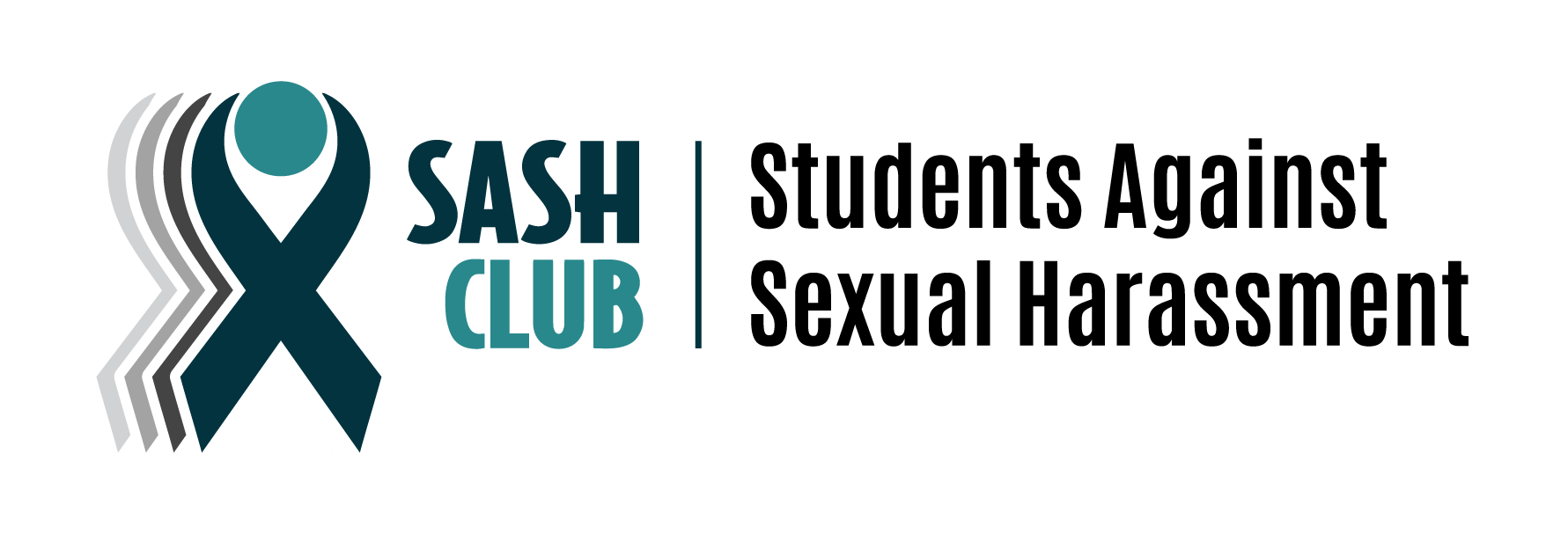Activism Basics
View the Power Topic Activism Basics: How to Advocate, Influence, Communicate, Organize
What’s ahead
- What is activism?
- Identifying the problem
- Organizing for action
- Influencing others
- Getting started
What is activism?
- Activism is the policy or action of using vigorous campaigning to bring about political or social change.
- SASH Club activism relies upon interpersonal relationships.
- Changing cultural conversations about sexual harassment and assault is activism.
- Activism is about bettering the community.
- Activism requires listening to what the diverse stakeholders in your specific community want and need.
- Activism is the process of building power to make change.
Step 1: Identifying the problem
Ask yourself the following questions:
- What is the purpose of our work?
- Who is the audience we are trying to motivate?
- How do we reach our audience, keep them engaged, and move them to action?
Research
- Every community is different and you want to determine the approach that best suits yours.
- Strategic questions – What does the change look like:
- What needs to change?
- Who are we influencing?
- What does change look like?
- What is our timeline?
- Tactical questions – How will the change happen:
- What are the levers to effect change?
- What is the sequence of events that will bring about the best results?
- Who holds the power?
- Who can help?
Construct a mission statement
- Keep everyone on the same page by using a mission statement.
- Construct the mission statement keeping five elements in mind:
- Value – What is the value of your activism to the community?
- Inspiration – Why should people care about your cause?
- Plausibility – Make it sound reasonable.
- Specificity – Tie it back to the big picture issue.
- Audience – Consider with whom the message will resonate.
- The SASH Club national project mission statement:
- “SASH Club brings together and empowers youth to end sexual harassment and assault.”
- What kind of mission statement would you envision for your local chapter?
- Think about the five elements of a mission statement on the previous slide.
- Be mindful of inclusivity.
Step 2: Organizing for action
Listen
- Sexual harassment and assault are issues that affect everyone regardless of gender, race, or identity.
- To ensure your activism is inclusive, identify the perspectives not represented by the group in the room and consider them:
- For example, how do issues of sexual harassment and assault affect people of color, members of the LGBTQIA+ community, and other underrepresented groups?
- Hold space for ideas that you do not agree with and use compromise to find a middle ground.
Set goals
- Use the SMART Goals technique to organize your club’s goals.
- SMART Goals:
- Specific – What do you want to accomplish?
- Measurable – How will you know the goal is accomplished?
- Attainable – How realistic is the goal?
- Relevant – Does this match the community’s wants/needs?
- Time-based – Can you achieve it in the time you have?
- Answer these questions when framing each goal.
Delegate tasks
- Delegating tasks will help ensure no one feels overwhelmed and everyone is working on something they are passionate about.
- Create groups that will help you achieve your SMART goals most efficiently.
- Some examples of task delegation could be:
- Running social media
- Organizing a presentation for the school or community
- Organizing an activity to educate the school or community
- Writing articles for the school paper or local media
Step 3: Influencing others
Constructive dialogue
- For sensitive topics, a casual approach to the conversation helps others to feel comfortable and engaged.
- Keeping your activism focused on open conversation encourages others to ask questions.
- Lecturing doesn’t help engage people in activism.
- Young people are more likely to engage if they feel like they’re part of an open conversation.
- The most important thing you can do is start the conversation.
- The more you engage in dialogue, the more skilled you will become in persuading others.
Confidence
- Relay information, present your mission, and convey your goals with confidence:
- You’ve done the research and preparation.
- You know your material so trust your ability to engage credibly.
- When trying to make change on something that people are resistant to talk about, you will receive pushback:
- In these moments, always remember what motivates you.
- Use facts and the research about your own community to back you up in the face of resistance.
Get started!
- As a member of SASH Club, know what your organization stands for so you can speak intelligently about it.
- Start a conversation today about sexual harassment and assault:
- It is never too early to start the dialogue and exchange ideas.
- And while you’re at it, invite others to support SASH Club with their participation, guidance, or experience.
Talk about it
- Which elements of the club’s mission statement are most important to you?
- What ideas do you have to reach our audience?
- Why is deep research so important?
- Does starting a conversation feel like something you would do? Why or why not?
- What forms of activism do you feel would be impactful in your school or organization?
Do more
- Role play with other members of your SASH Club to gain confidence in responding to questions and meeting resistance.
- Delegate research topics and share your findings.
- Make a list of people in power and brainstorm who in the club would be best to speak with each of them.
- Share one thing you learned today and something you will commit to doing to move forward.
Sources & acknowledgments
Thanks to Minnah Stein for creating this presentation.

